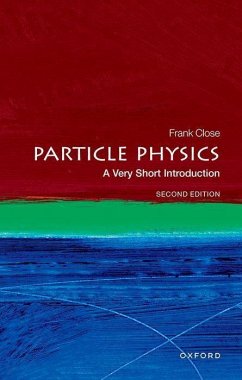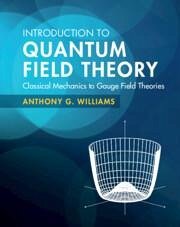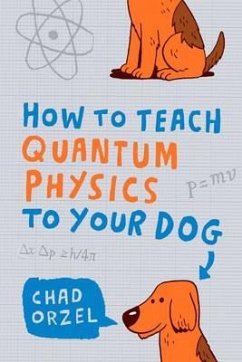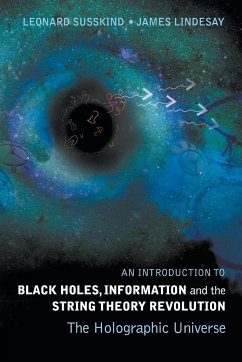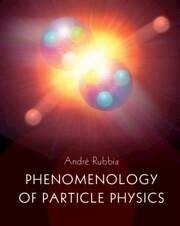
Phenomenology of Particle Physics

PAYBACK Punkte
40 °P sammeln!
Written for a two-semester graduate course on particle physics, this text offers a rigorous treatment of the phenomenology of particle physics that remains accessible to experimental students. It is richly illustrated and features detailed examples that link theory to experimental results, and it includes more than 100 end-of-chapter problems.




